Nihonto - Kanefusa (25th generation)
Katana Mei (signature):
Omote side: 藤原兼房作 (Made by Fujiwara Kanefusa)
Ura side: 昭和乙丑年吉日 (On an auspicious day in the year Shōwa 60 (1985))
Information about the blacksmith:
Name: Kanefusa
Real name: Kato Katsuo
Son of: Kanefusa, 24th generation
The maker of this sword was born on 7 January 1957 in the city of Seki, Gifu Prefecture (formerly Mino).
In 1975, he became a student of the famous blacksmith Gassan Sadakazu (II), who held the status of Mukansa and had the title of "Living National Treasure".
In 1983 he became a pupil of his father, the 24th Fujiwara Kanefusa.
In 1984, he opened his own forge and adopted the name Kanefusa for the 25th generation.
As a blacksmith, he has already received numerous awards, including the 1x Kunzan Award, 2x Excellence Award, 8x Effort Award and 8x Selection Award.
Kanefusa has been involved internationally and nationally and is therefore known worldwide:
In 1982 he accompanied Master Gassan to the exhibition "Living National Treasures" at the Museum of Fine Arts in Boston.
His swords have been exhibited in Moscow and St Petersburg every year since 2004.
In October 2004, he gave demonstrations of Japanese swordsmithing in Cologne and Munich.
In 2007/08, King Hussein of Jordan was presented with a total of seven swords.
In 2005, he made a short sword for the imperial family, which was donated to the Meiji Shrine.
In addition to his excellent reputation as a blacksmith, he also held numerous offices within Japanese sword organisations:
Former Executive Director of the All Japan Swordsmith Association, former Auditor of the Sanshokai of the Japanese Art Sword Preservation Association, former Vice President of the Sekiden Technique Preservation Society and former President of the Sekiden Swordsmith Association.
Information about the blade:
Nagasa (blade length): 73.3 cm
Sori (blade curvature): 1.7 cm
Motohaba: 31.8 mm
Motokasane: 5.5 mm
Sakihaba: 23.1 mm
Sakikasane: 3.5 mm
Weight without saya: 920 g
The blade was forged in 1985.
This sword has been used in Japan for practising swordsmanship. We offer it for a comparatively affordable price so that you can use an authentic Japanese sword for your training. Swords that are used develop typical symptoms over time, such as minimal play between the handle and the other attachments. Sooner or later, these will also occur during your own training anyway, so they are not a problem.
This sword is currently still in Japan. We take over the complete handling (all associated costs are already included in the offered price).
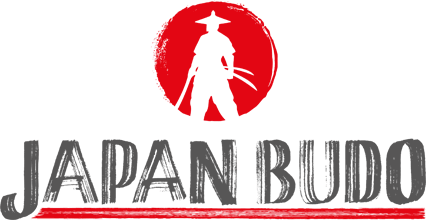
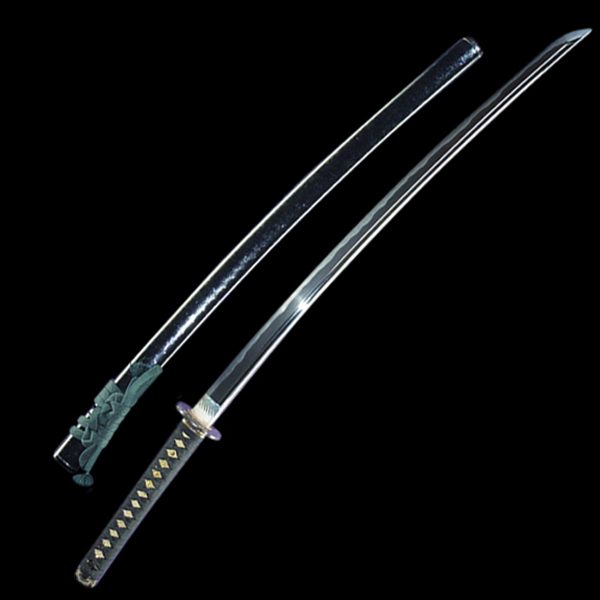
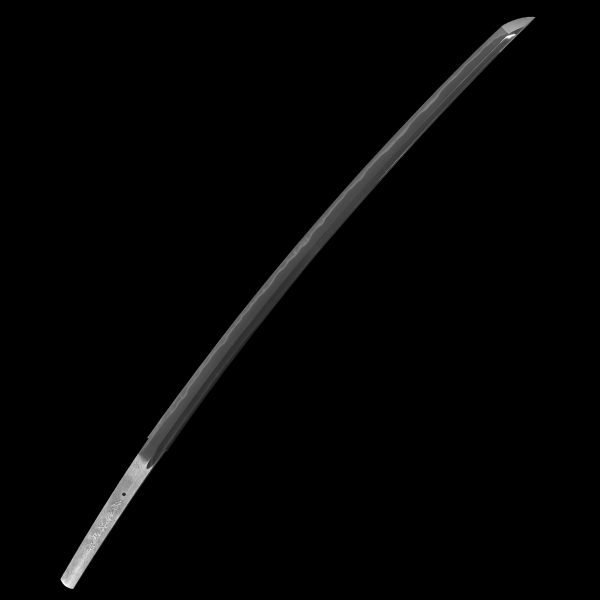
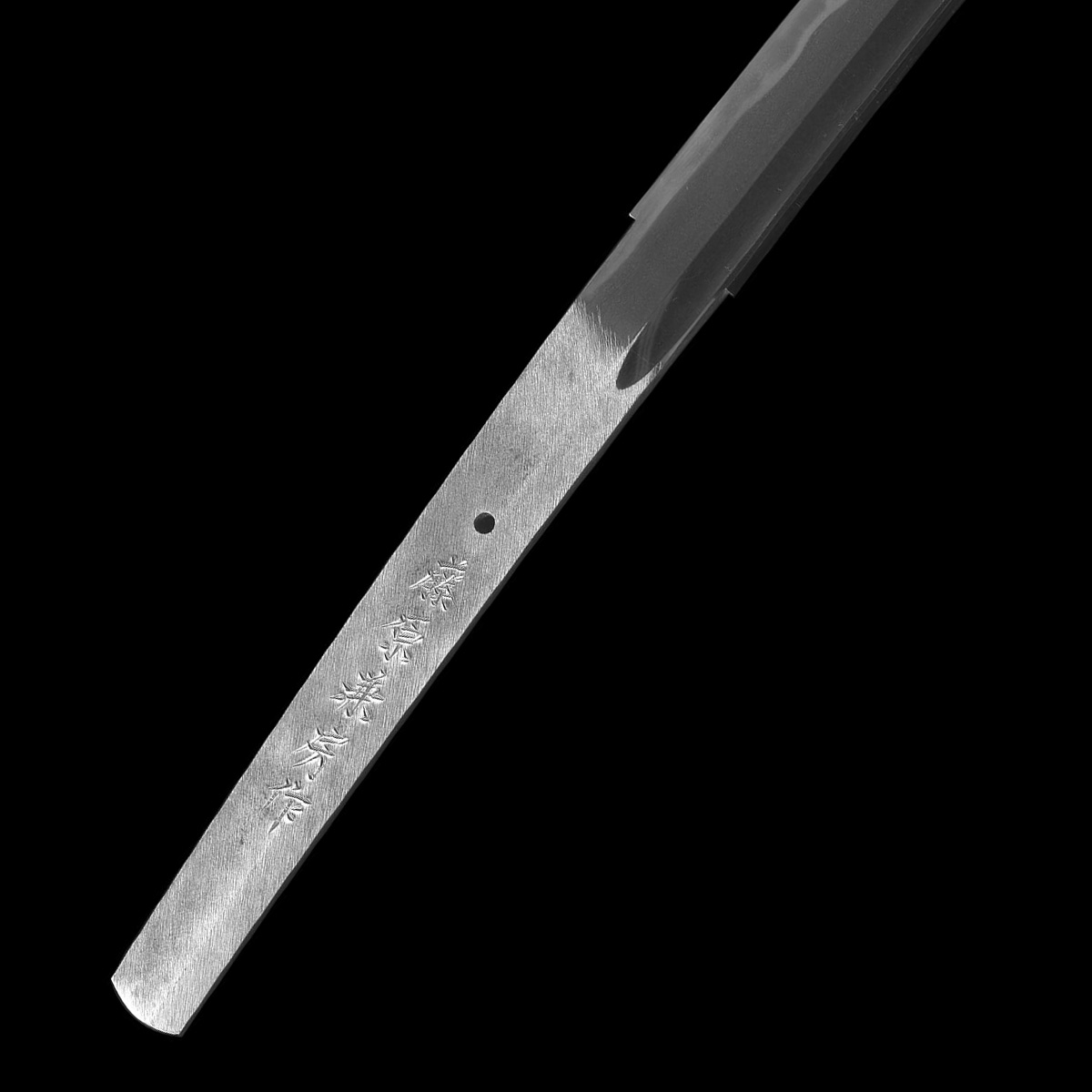
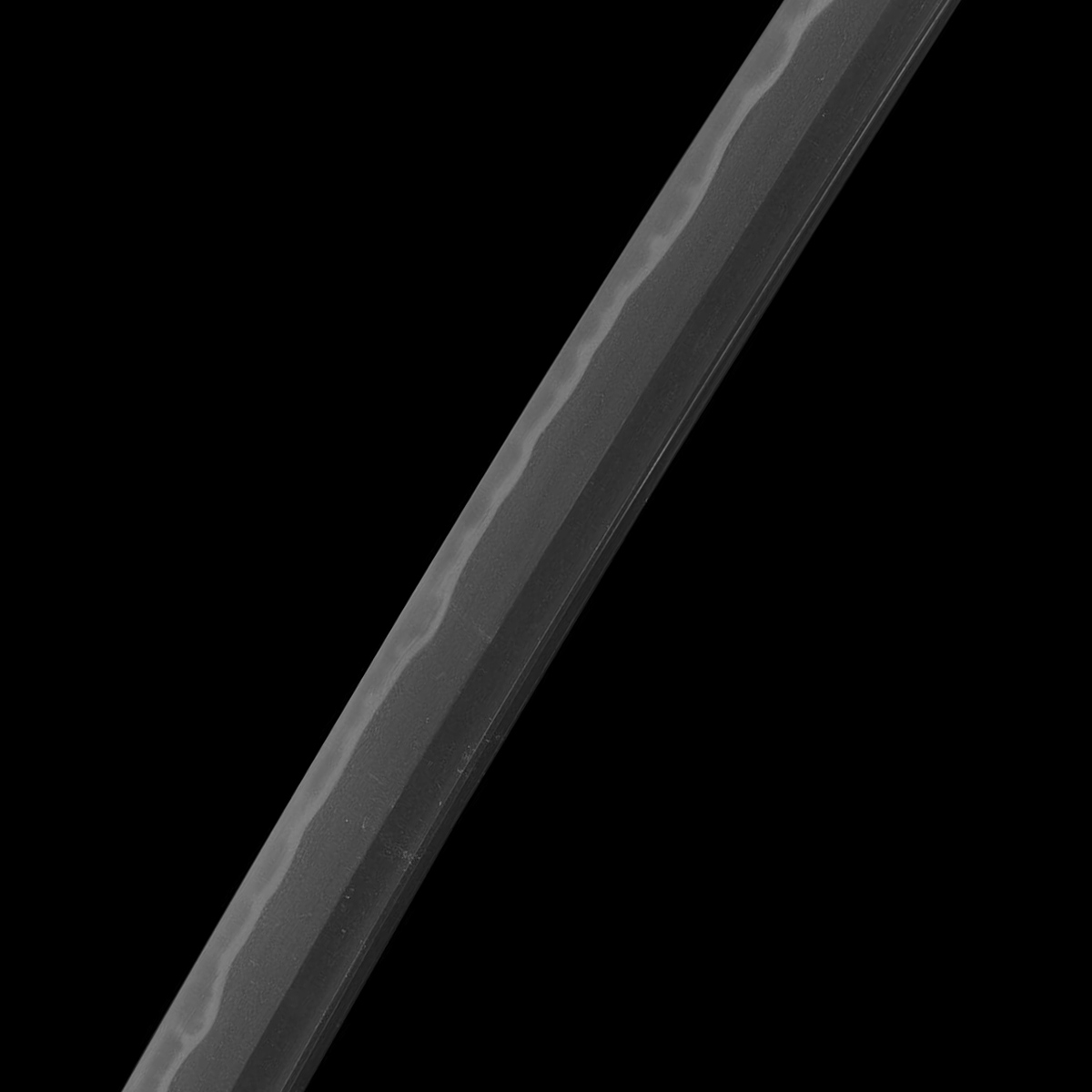
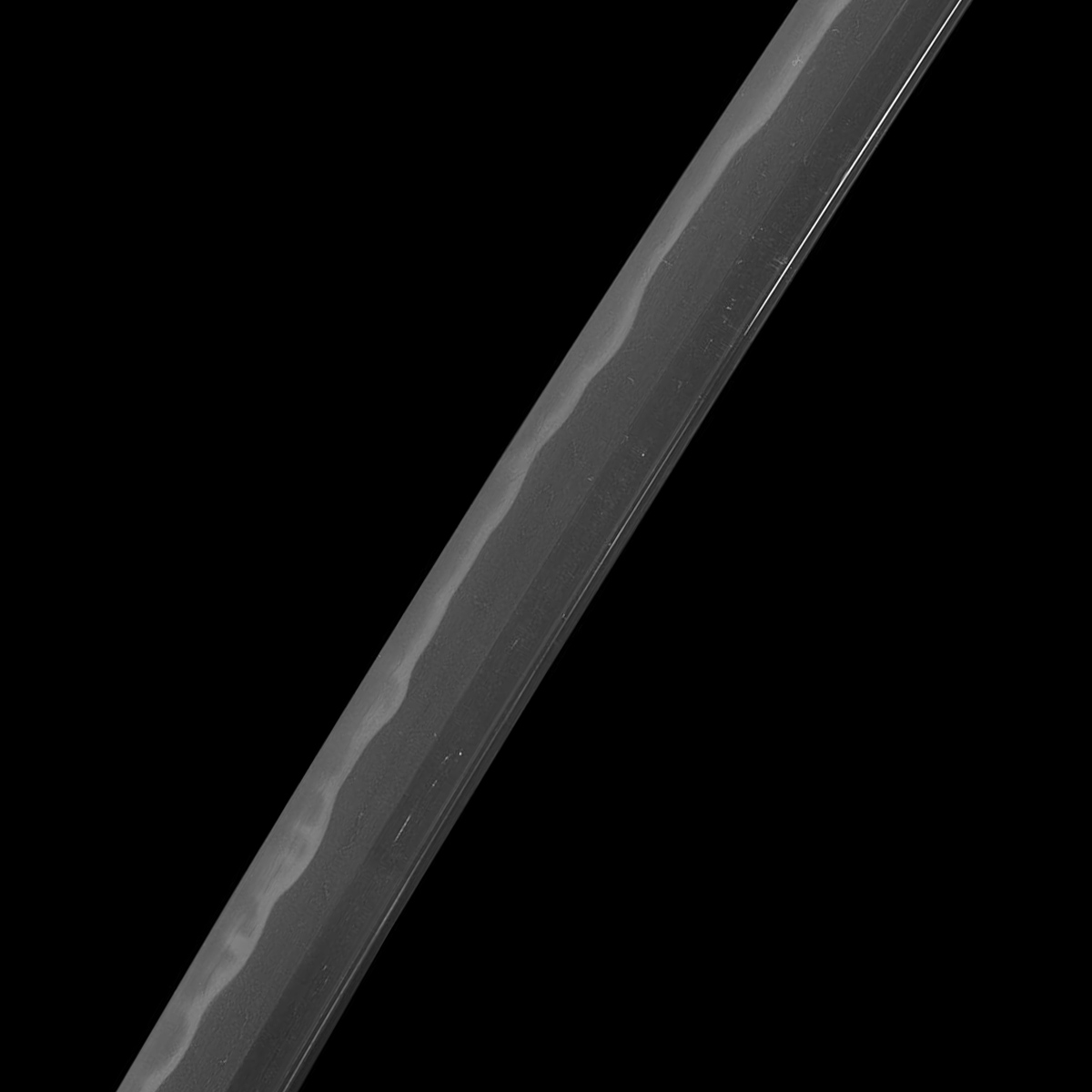
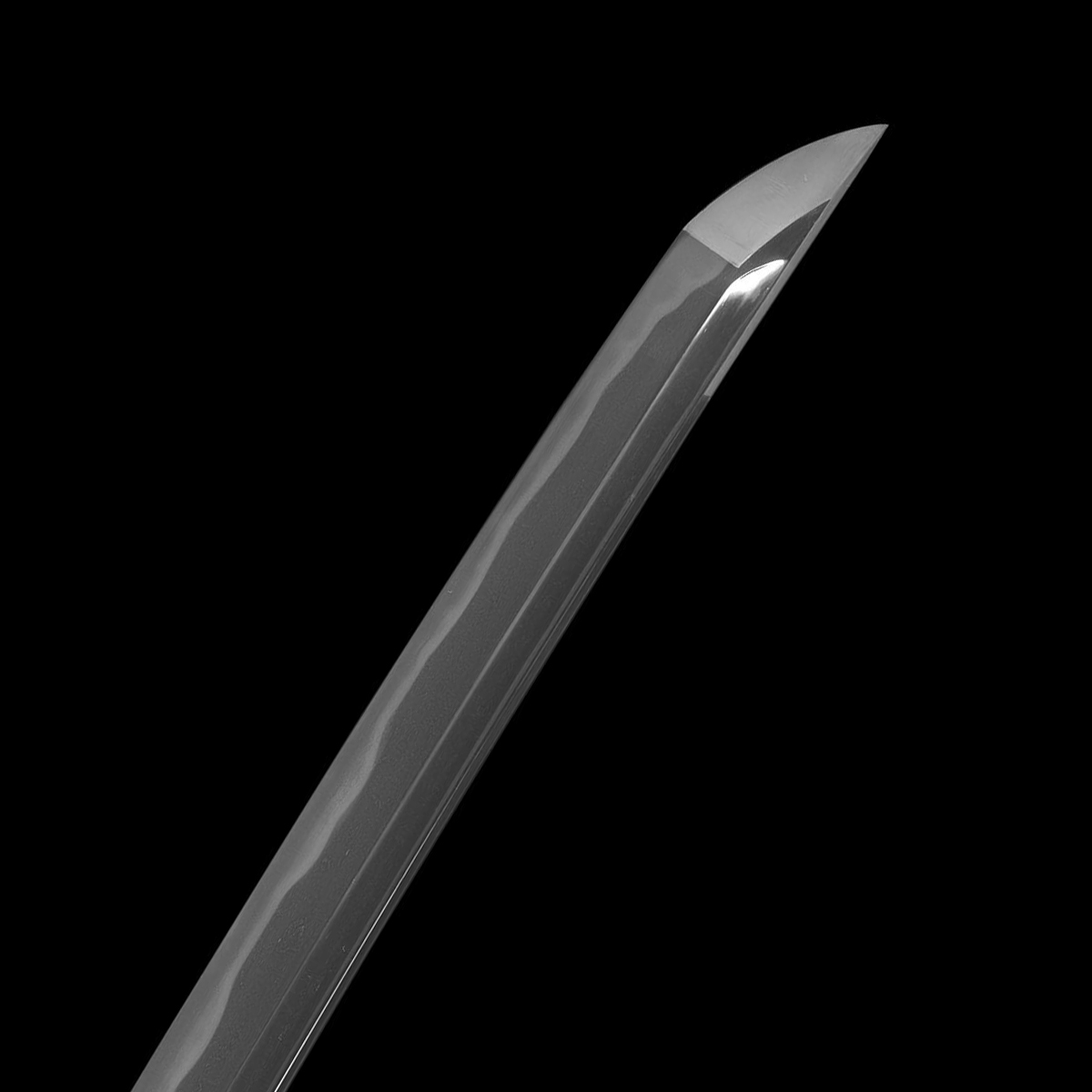
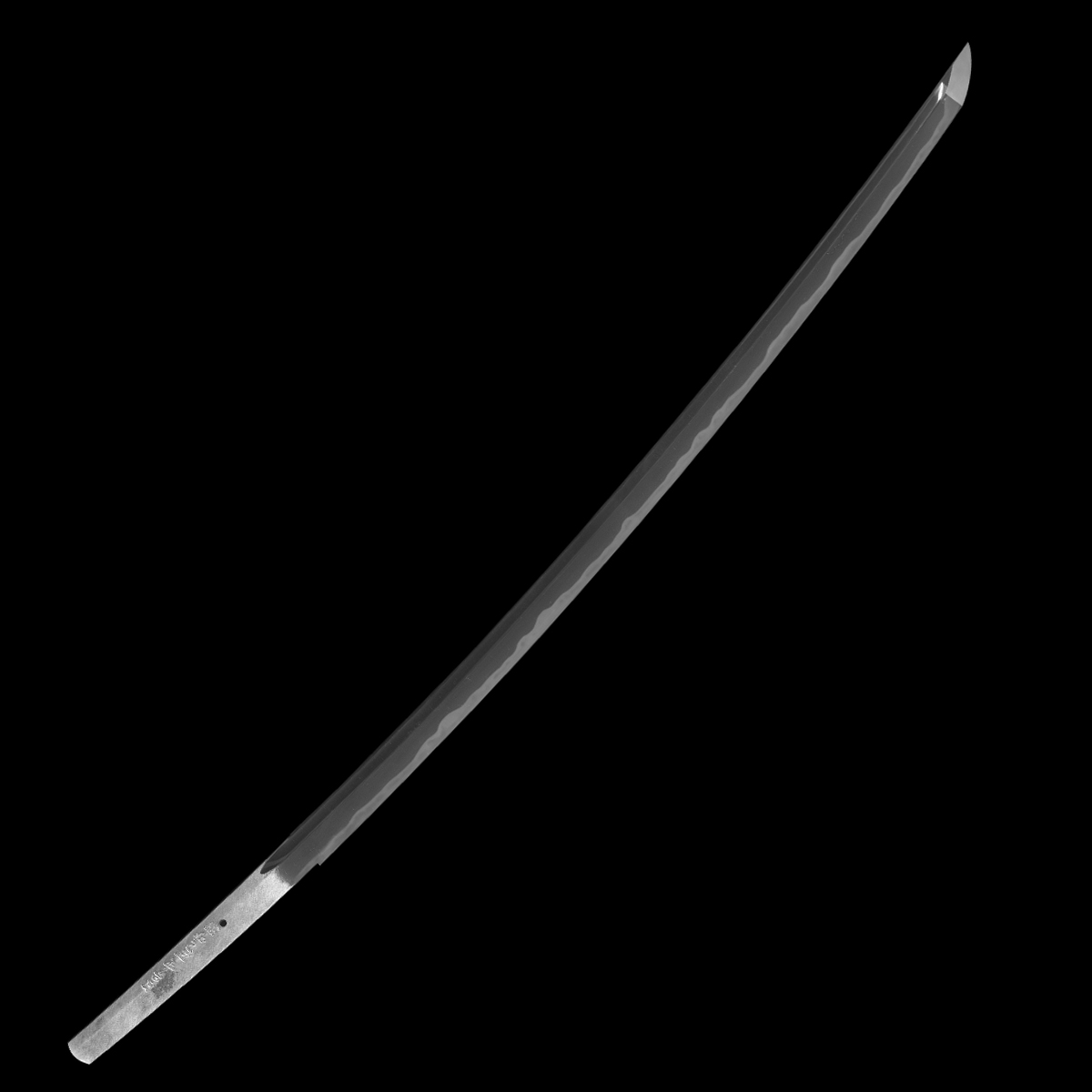
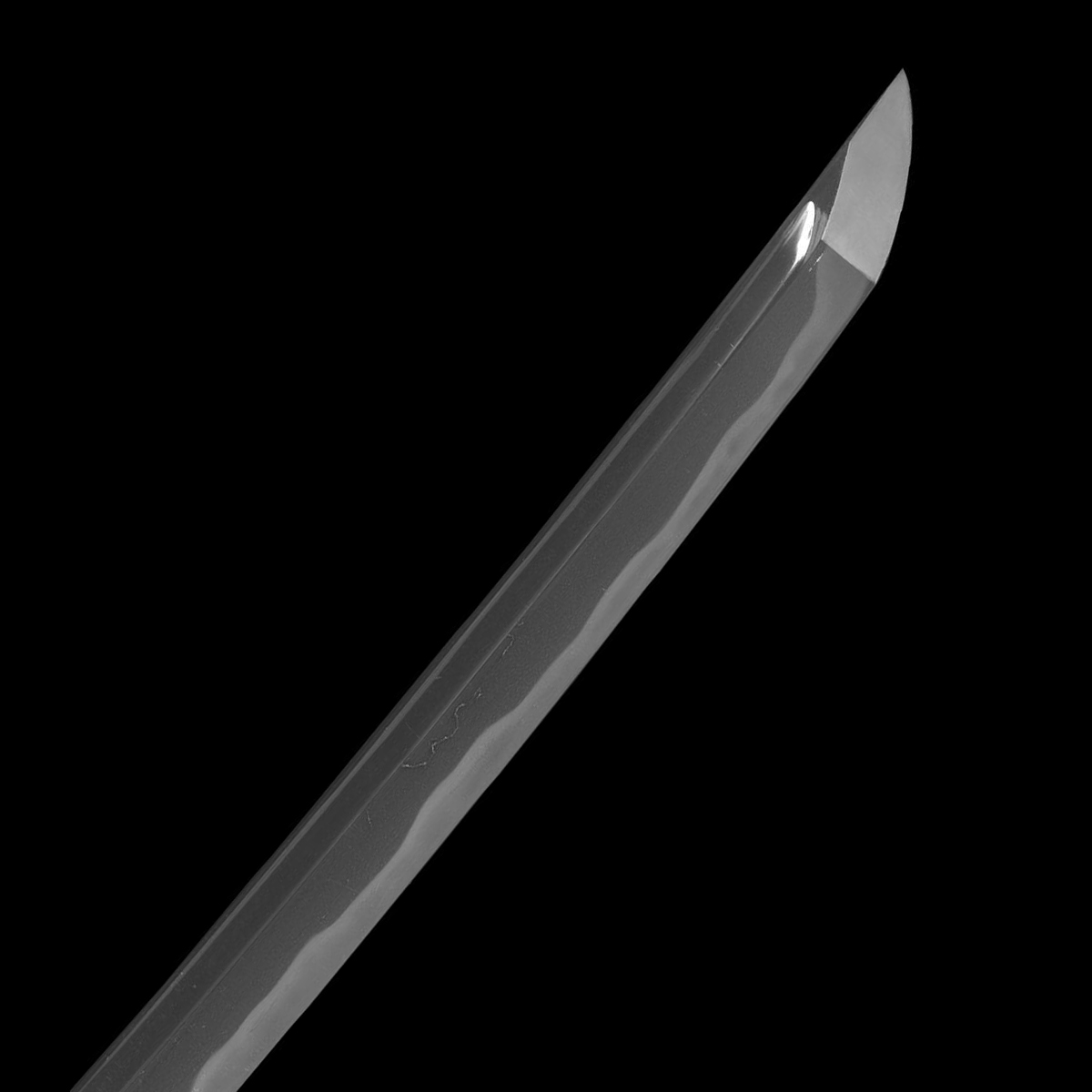
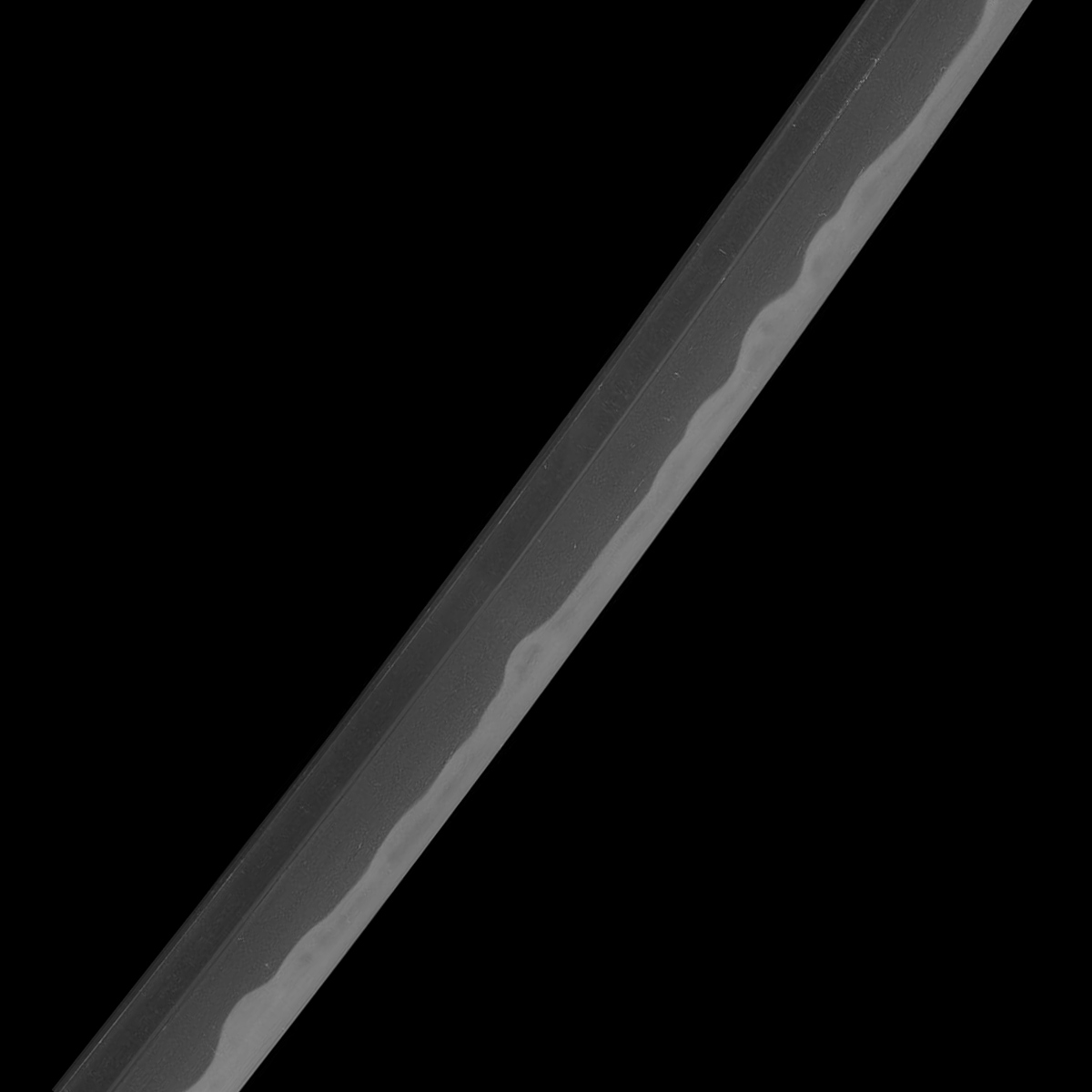
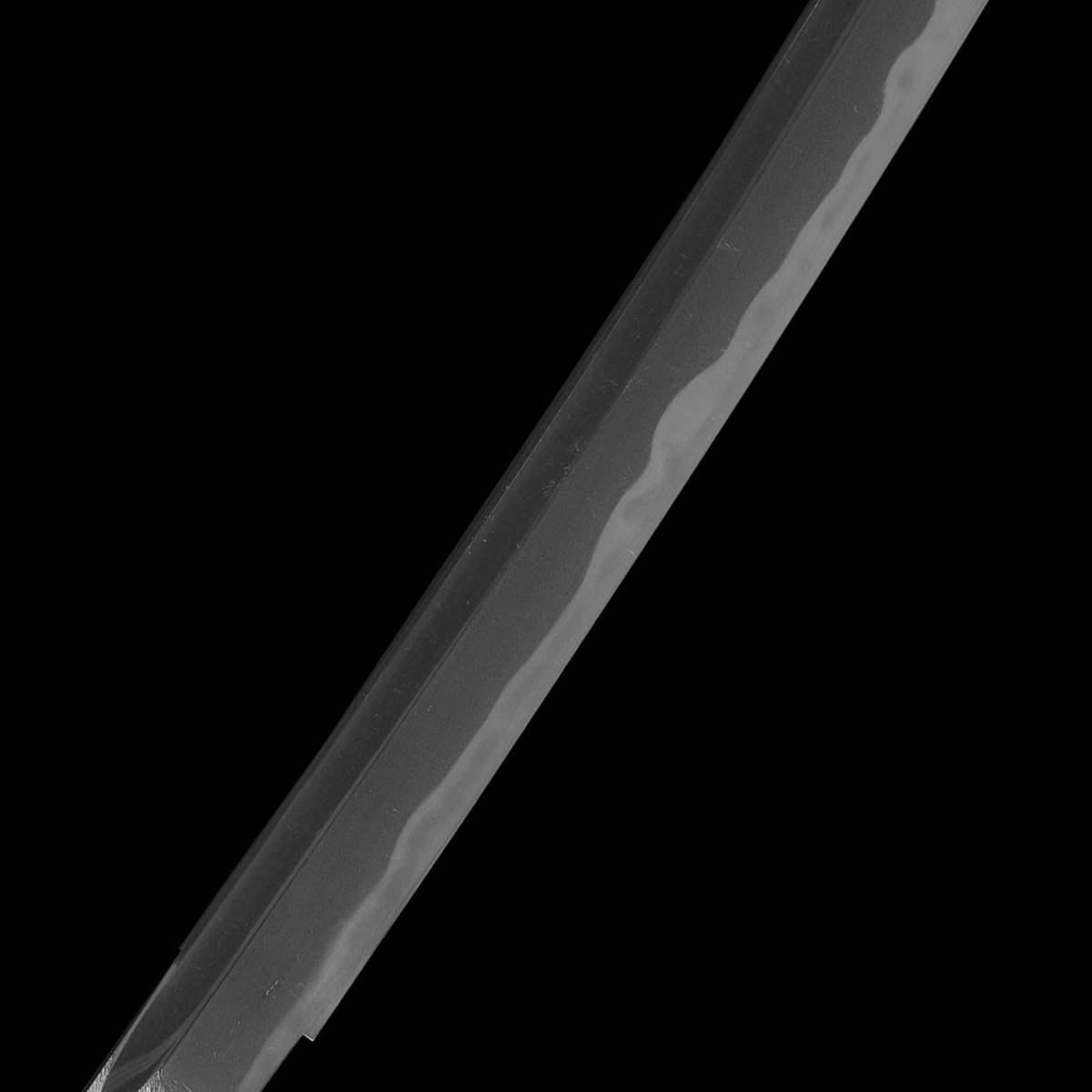
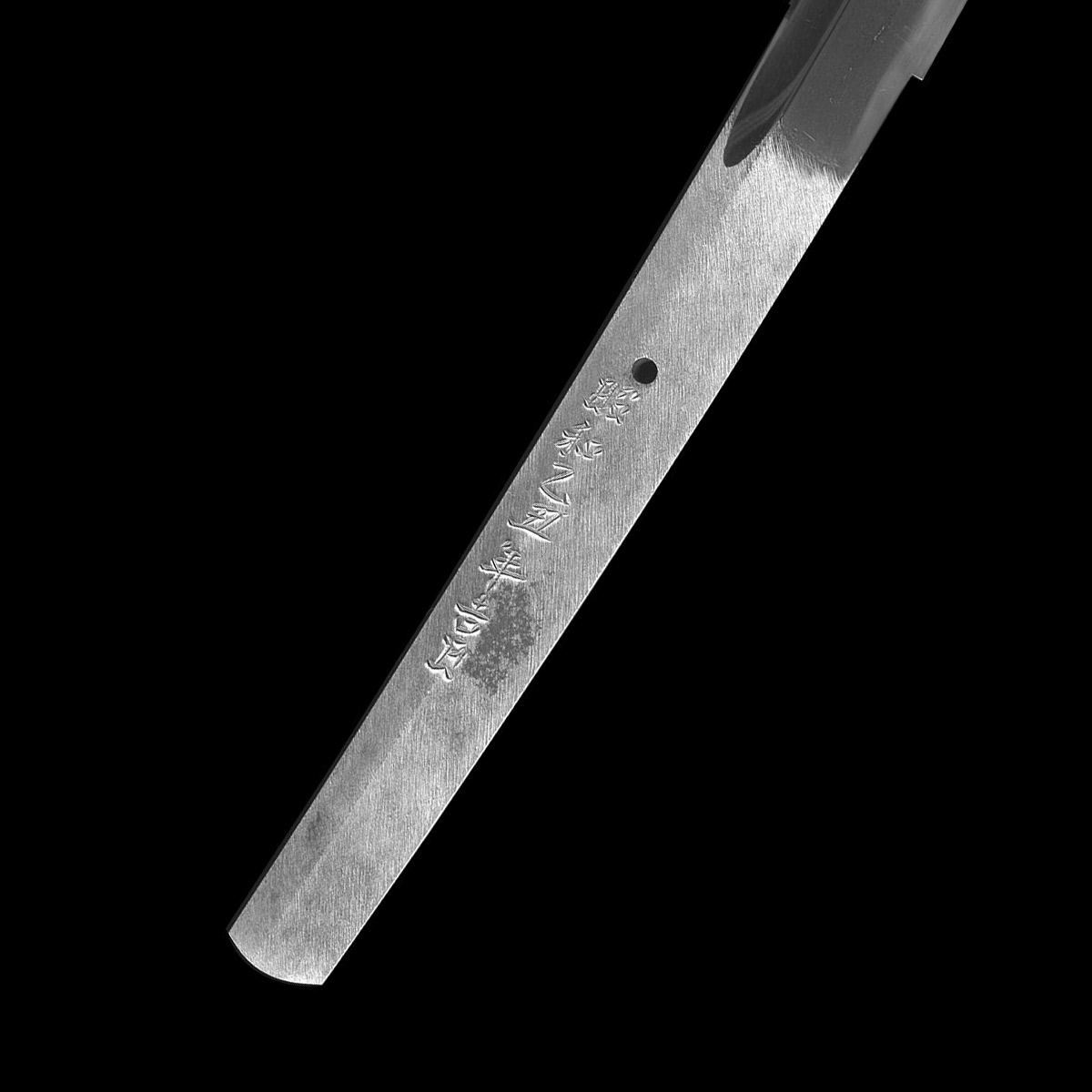
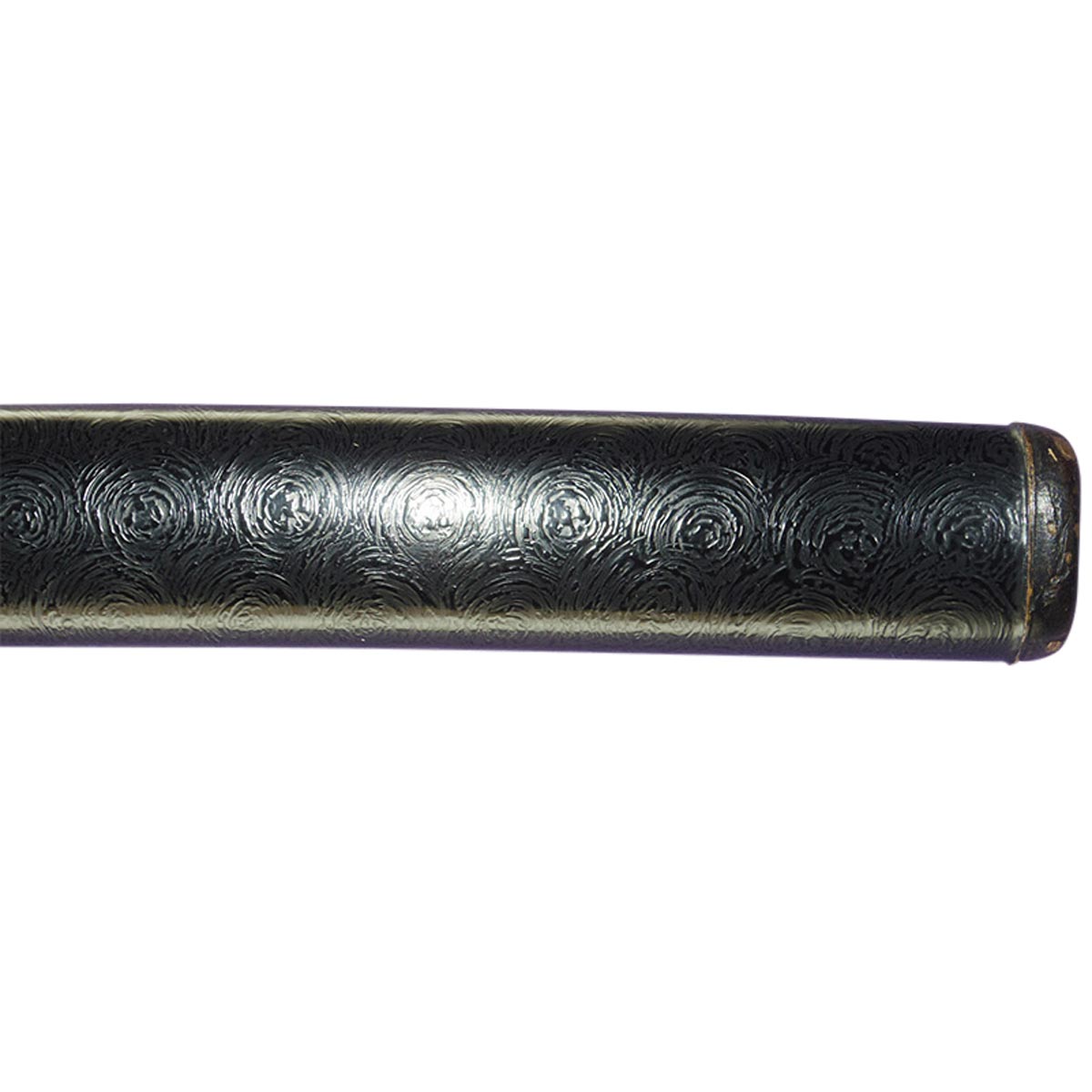
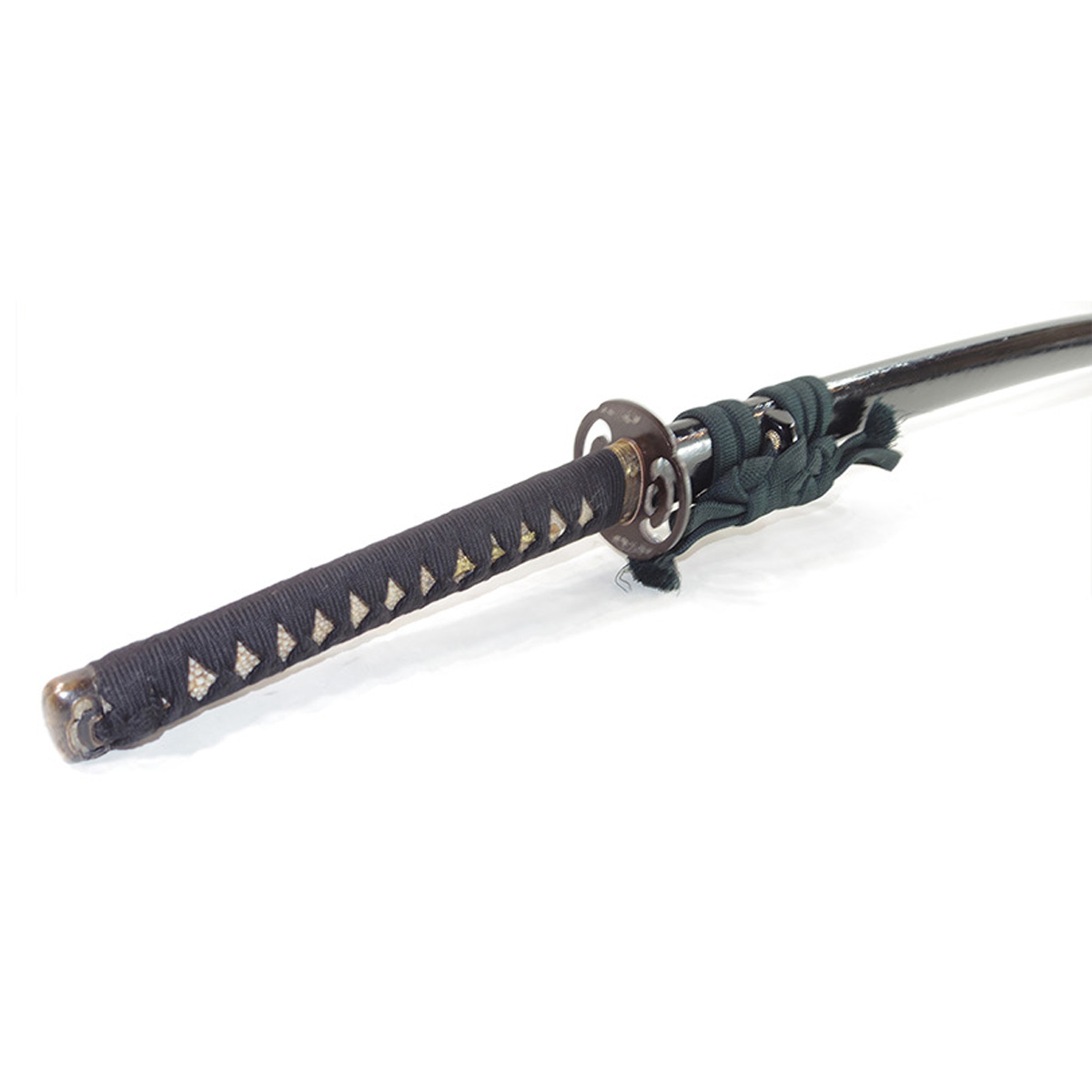
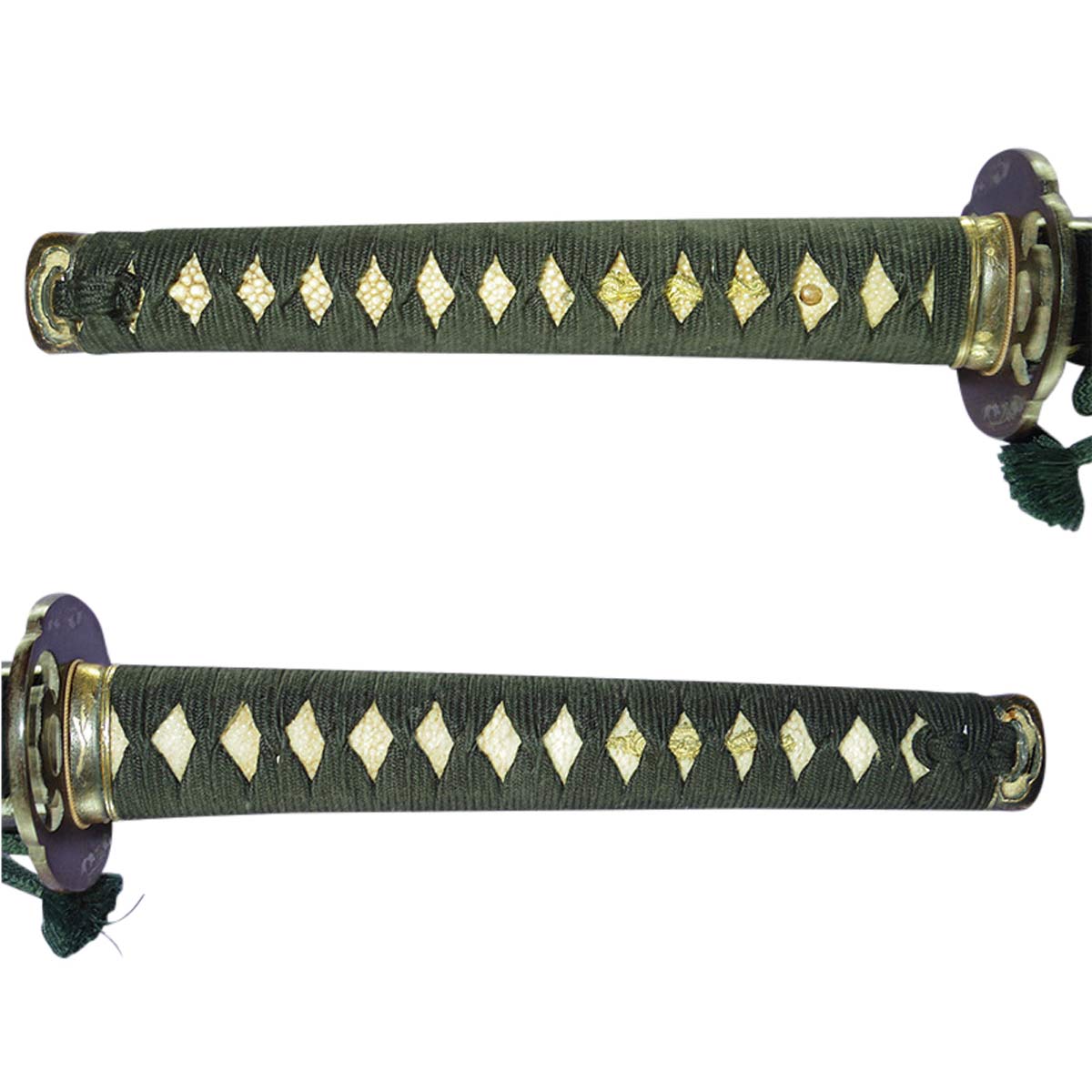
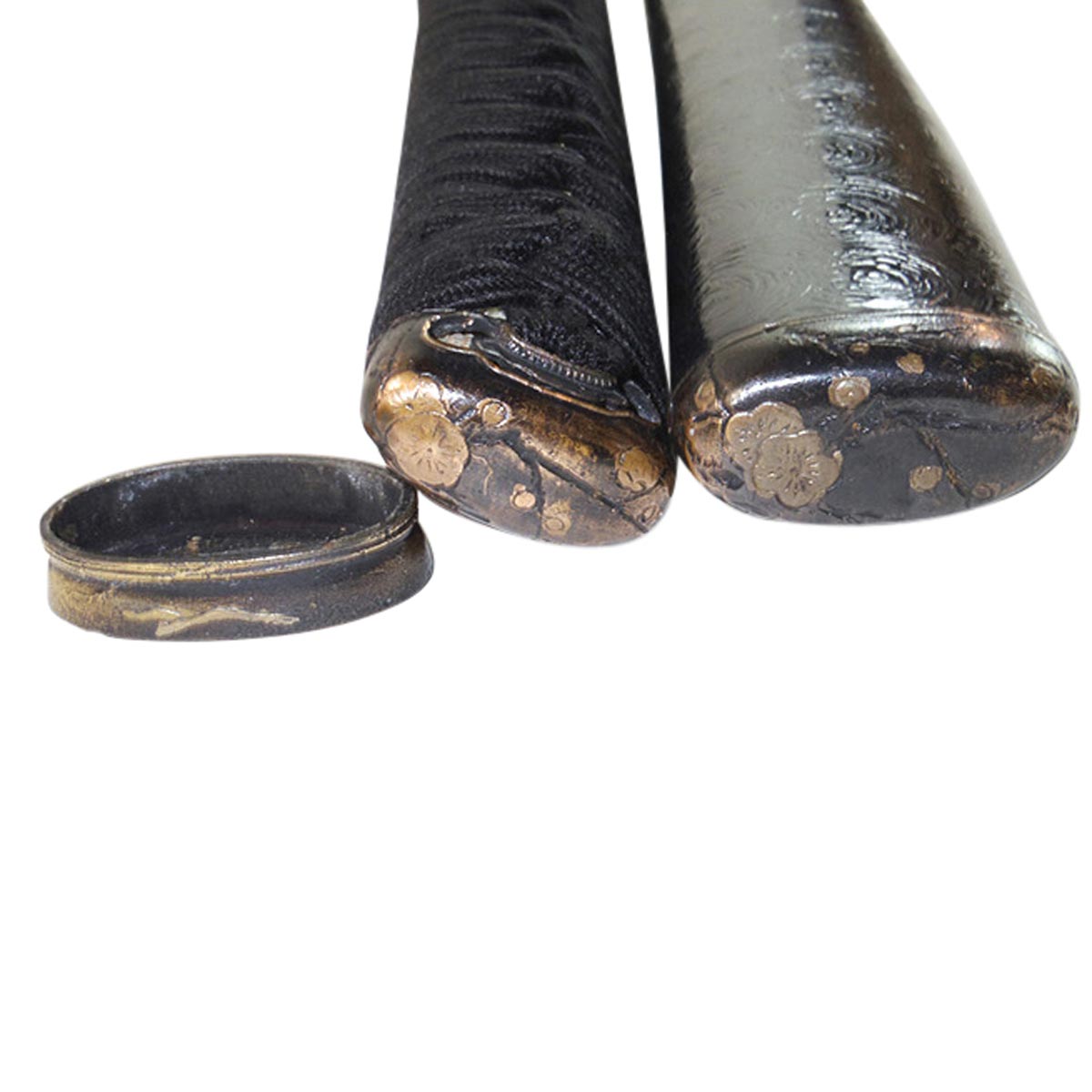
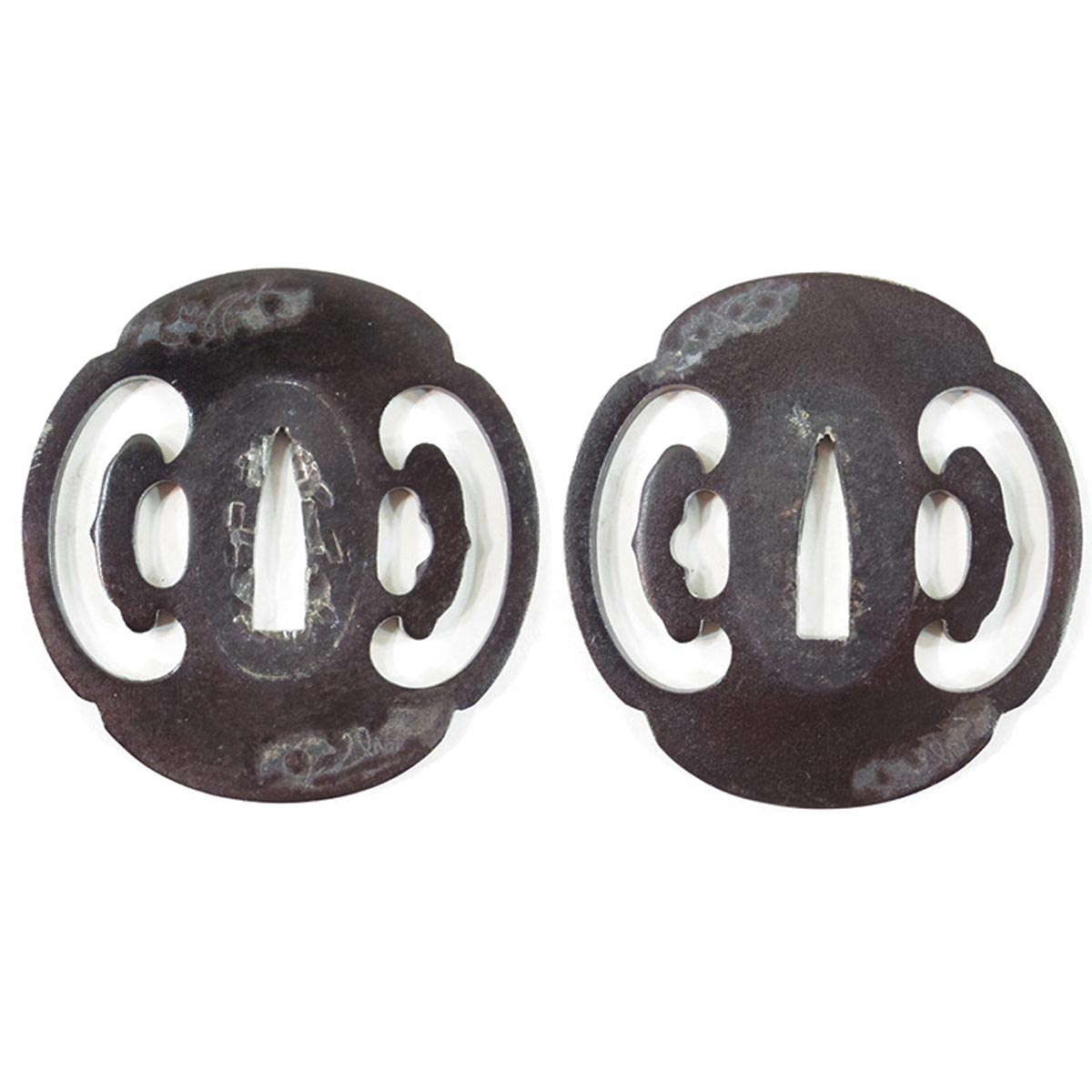
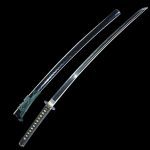
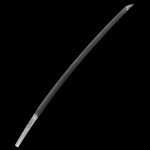
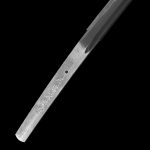
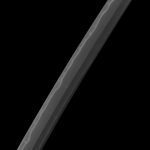
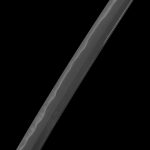
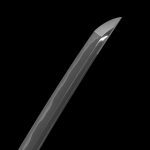
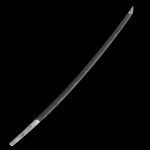
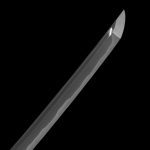
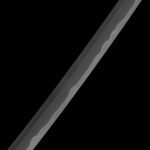
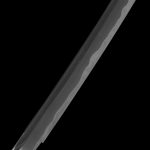
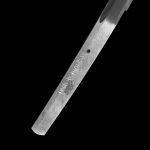
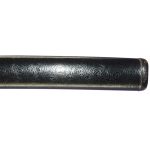
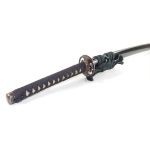
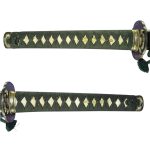
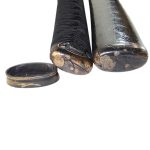
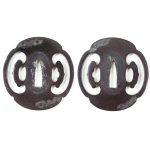
Reviews
There are no reviews yet.